The Bel Air Colored School
Introduction
Text-to-speech Audio
This schoolhouse was completed in 1924 and became the home of Bel Air's high school for African American students in 1935. This building is the last remaining building in the city that is connected to the era of segregation, and it is now used as a county office. Stephen Moore was the principal of the former high school and shared the centrality of its role for Black students, as its creation meant that area families no longer had to send their children to Baltimore or Delaware to live with extended family just to provide a chance at a high school education. The school was closed in the 1950s after the construction of Havre De Grace and central consolidated schools.
Images
The school as it stands today
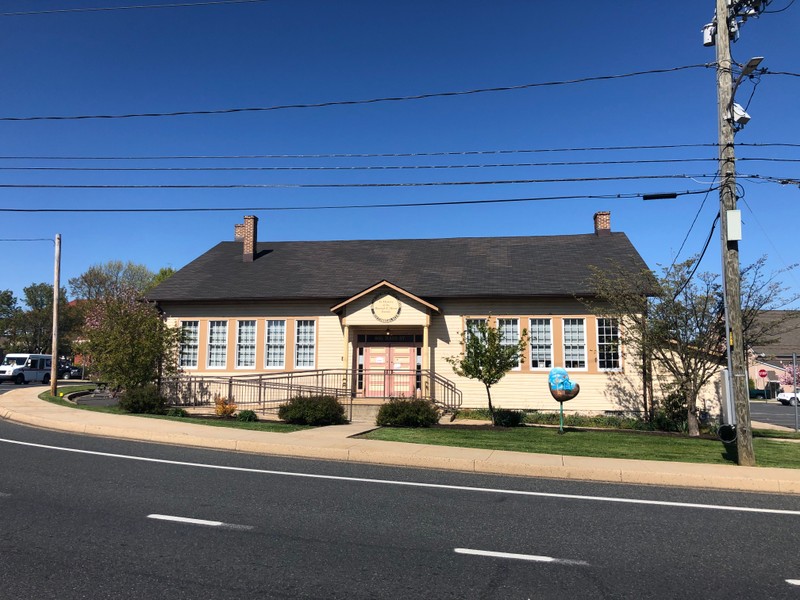
The school from across the street
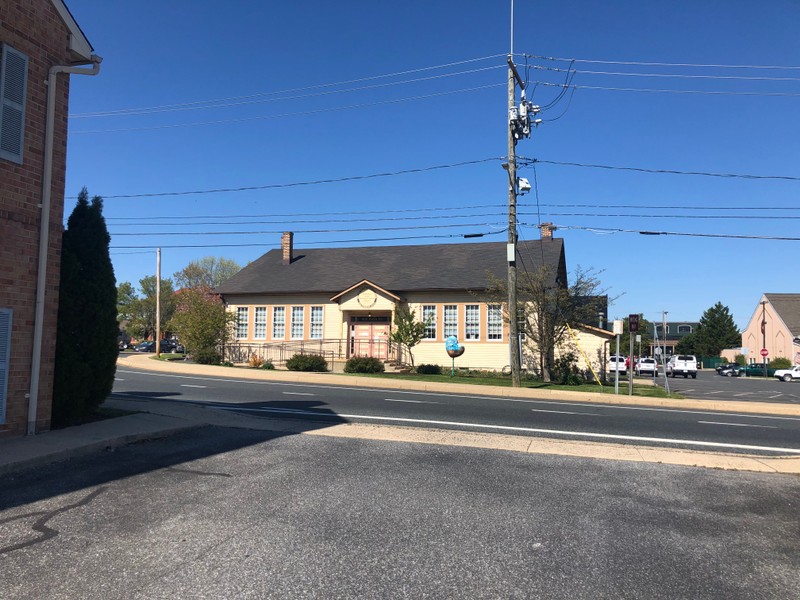
Front of the school circa 1979
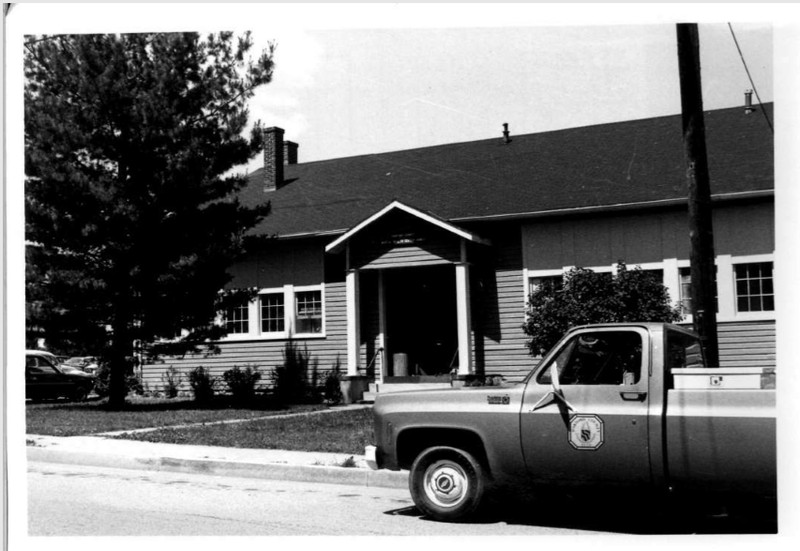
The school from the left circa 1979
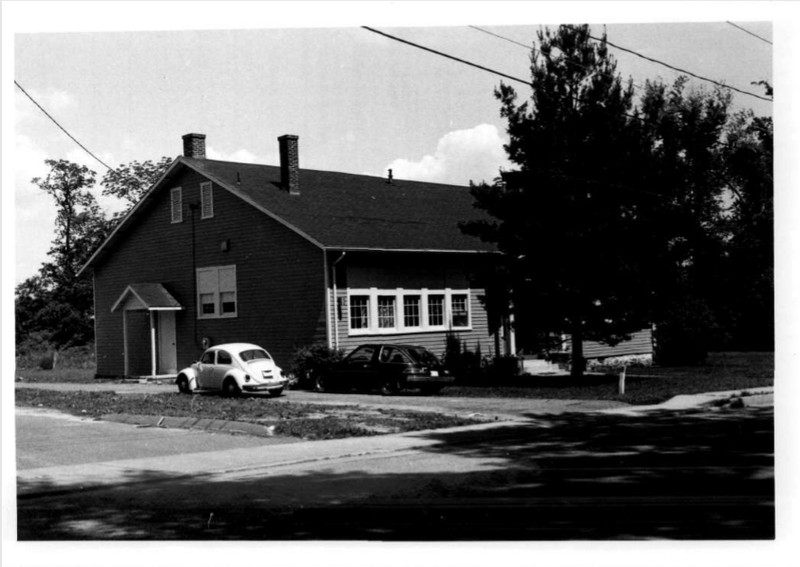
The school from the right circa 1979
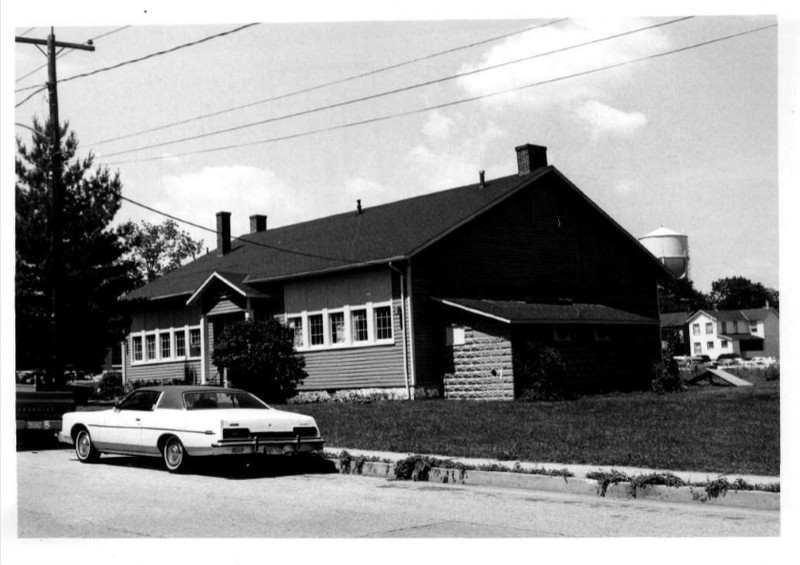
A short backstory on the building of the school itself
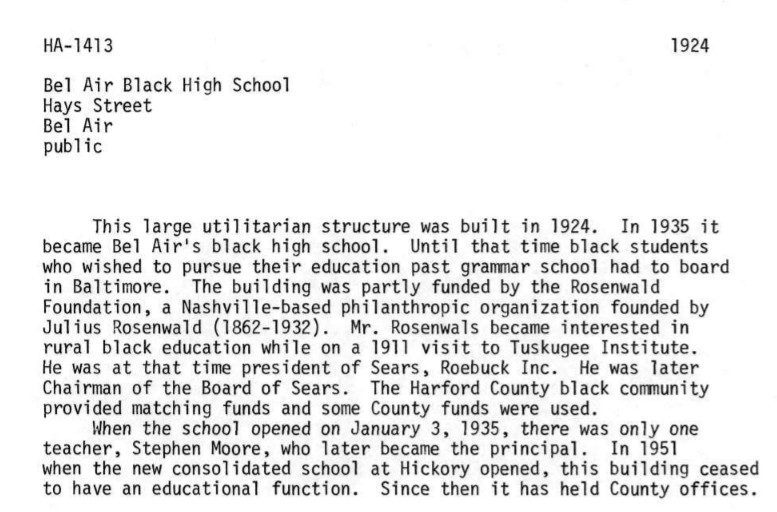
Maryland architectural survey form describing the address of the school
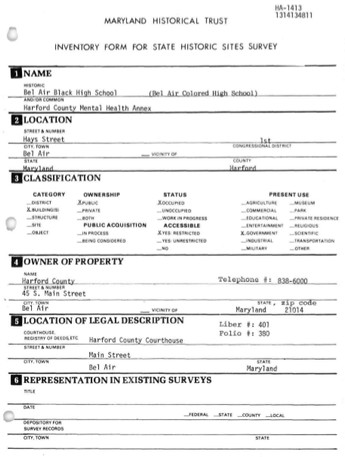
Form from survey describing the materials and construction of the building
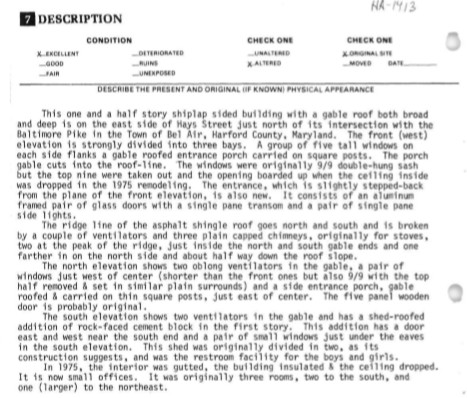
Form from survey describing the significance of the building
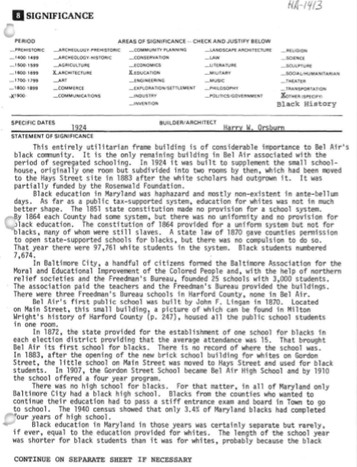
Bibliography from architectural survey
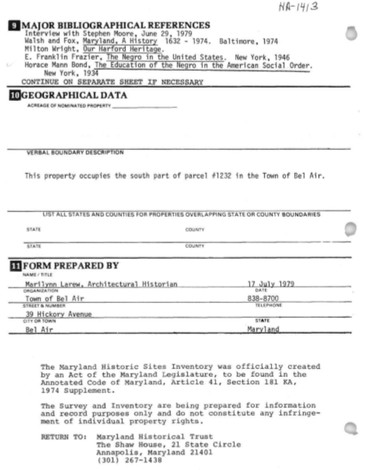
Form from survey desccribing where the funding for the construction of the school came from
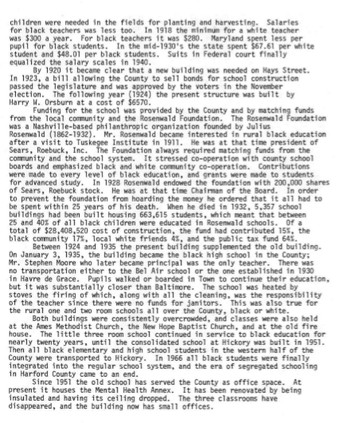
Form from the architectural survey describing the dimnesions and materials of the building
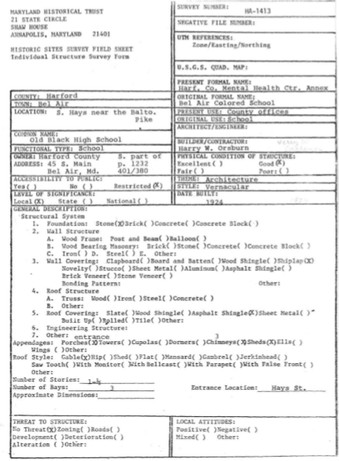
Additional information describing the construction and materials of the school
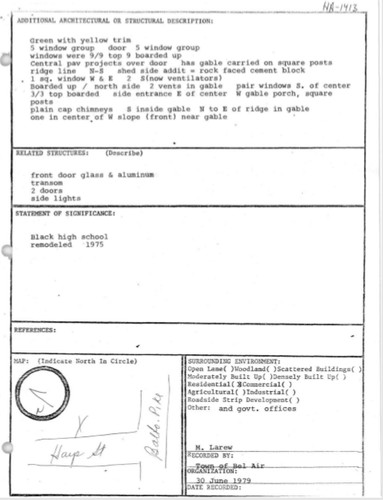
Map shwoing the location of the school in the town of Bel Air
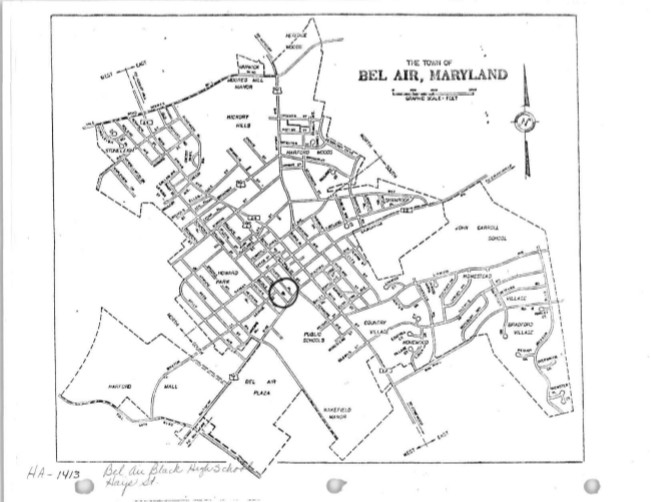
Map showing the location of the school on Hays Street
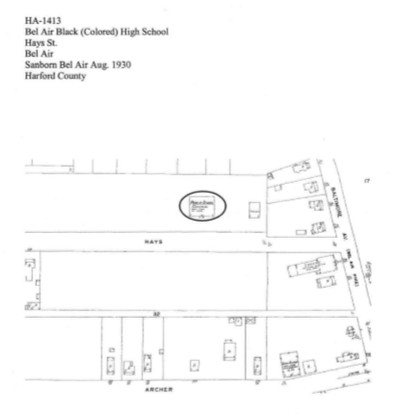
Map showing the location of the school within Harford County
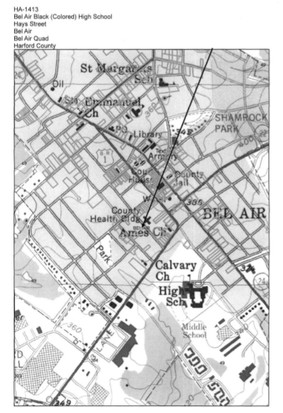
Backstory and Context
Text-to-speech Audio
The school was partly funded by the Rosenwald Foundation and partly funded by locally-raised matching funds. When the school opened, Stephen Moore was the only teacher. According to the Harford County architectural survey file, the state of Maryland spent $67.61 per pupil for white students and $48.01 per pupil for Black students in the 1930s. This economic inequality, along with the injustice of segregation and the lack of opportunities for African American graduates led to the efforts of the NAACP to use legal strategies to challenge segregation, including an effort to secure equal pay for teachers in the state of Maryland and efforts to end segregation altogether.
The construction of the Bel Air Colored School provided generations of African Americans with more opportunities for education. Former student Geneva Pope was interviewed by the Baltimore Sun in 1993 and reported that she and other students were only given books after they had been removed from white schools. While the white students received new books, Black students not only had to deal with out-of-date resources, but they also had to repair the aging books. As Pope recalled, this process began with erasing profanities and racial slurs that white students had left in their books, knowing their ultimate destination. Pope also had this to say "in spite of it all we were winners".
Cite This Entry
Nathaniel Rymarz and Clio Admin. "The Bel Air Colored School." Clio: Your Guide to History. February 23, 2022. Accessed April 7, 2025. https://theclio.com/entry/102737
Sources
Larew, Marilynn. HA-1413, Maryland State Archives. February 12th 2013. Accessed May 7th 2020. https://msa.maryland.gov/megafile/msa/stagsere/se1/se5/015000/015000/015022/pdf/msa_se5_15022.pdf.
Anderson, David. Harford County's segregated high schools held their last graduations 50 years ago, The Baltimore Sun. June 8th 2015. Accessed May 7th 2020. https://www.baltimoresun.com/maryland/harford/aegis/ph-ag-last-consolidated-schools-class-0603-20150608-story.html.
Karin Remesch, C. W. (1993, Jul 25). 'In spite of it all, we were winners': Graduates recall segregated schools. The Sun (1837-1994) Retrieved from https://ezproxy.harford.edu/login?url=https://search.proquest.com/docview/2122691552?accountid=11292
Audrie Welch
Audrie Welch
https://msa.maryland.gov/megafile/msa/stagsere/se1/se5/015000/015000/015022/pdf/msa_se5_15022.pdf
https://msa.maryland.gov/megafile/msa/stagsere/se1/se5/015000/015000/015022/pdf/msa_se5_15022.pdf
https://msa.maryland.gov/megafile/msa/stagsere/se1/se5/015000/015000/015022/pdf/msa_se5_15022.pdf
https://msa.maryland.gov/megafile/msa/stagsere/se1/se5/015000/015000/015022/pdf/msa_se5_15022.pdf
https://msa.maryland.gov/megafile/msa/stagsere/se1/se5/015000/015000/015022/pdf/msa_se5_15022.pdf
https://msa.maryland.gov/megafile/msa/stagsere/se1/se5/015000/015000/015022/pdf/msa_se5_15022.pdf
https://msa.maryland.gov/megafile/msa/stagsere/se1/se5/015000/015000/015022/pdf/msa_se5_15022.pdf
https://msa.maryland.gov/megafile/msa/stagsere/se1/se5/015000/015000/015022/pdf/msa_se5_15022.pdf
https://msa.maryland.gov/megafile/msa/stagsere/se1/se5/015000/015000/015022/pdf/msa_se5_15022.pdf
https://msa.maryland.gov/megafile/msa/stagsere/se1/se5/015000/015000/015022/pdf/msa_se5_15022.pdf
https://msa.maryland.gov/megafile/msa/stagsere/se1/se5/015000/015000/015022/pdf/msa_se5_15022.pdf
https://msa.maryland.gov/megafile/msa/stagsere/se1/se5/015000/015000/015022/pdf/msa_se5_15022.pdf
https://msa.maryland.gov/megafile/msa/stagsere/se1/se5/015000/015000/015022/pdf/msa_se5_15022.pdf
https://msa.maryland.gov/megafile/msa/stagsere/se1/se5/015000/015000/015022/pdf/msa_se5_15022.pdf

